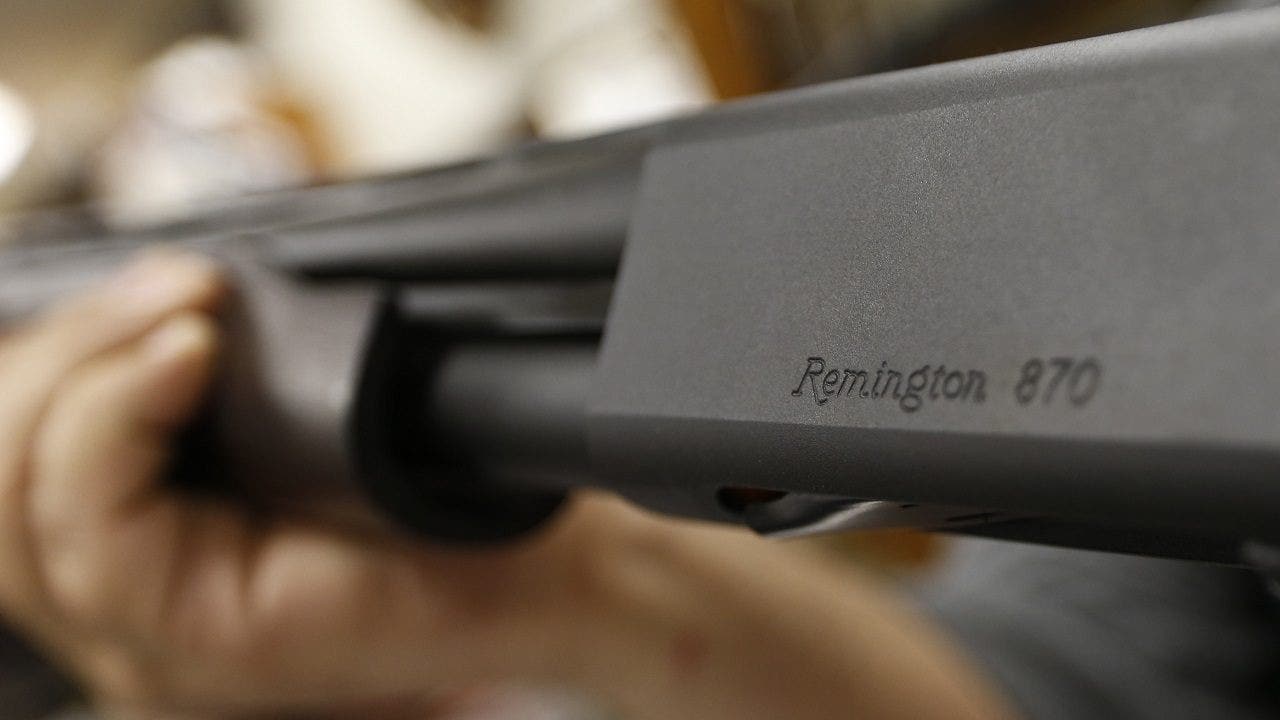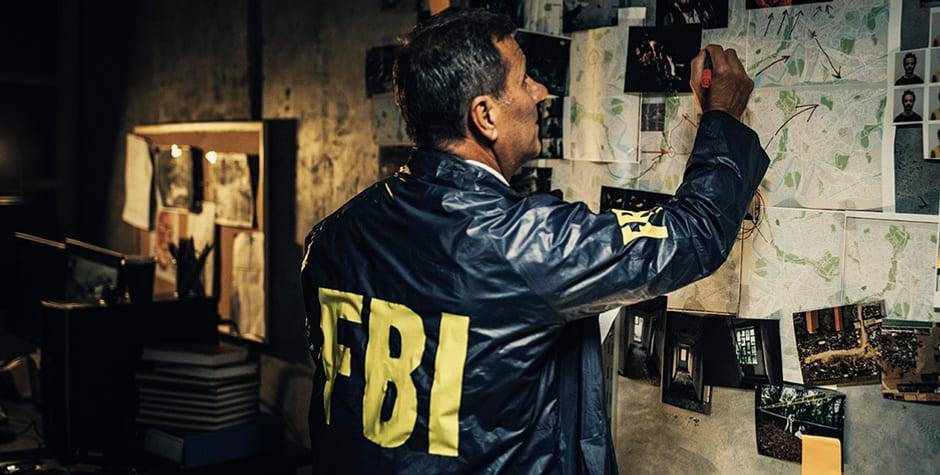Let's examine your 14 links
1. Limit entryways to school buildings. Clearly mark the main entry to the school and post signs on other entries redirecting visitors to the main entry. Lock outside access doors. Check periodically to make sure the doors haven’t been tampered with or propped open. The periodic inspections should include windows too.
Accomplished many years ago in most schools.
2. Monitor the school parking lot. If possible, have a parking lot monitor who oversees people entering and leaving the campus.
Accomplished many years ago in most schools, with the exception of the monitor which is not feasible,
3. Monitor and supervise student common areas such as hallways, cafeterias, and playgrounds. If possible, add video surveillance in These areas to record anything a monitoring person may miss.
Accomplished many years ago in most schools.
4. Promote school-community partnerships to enhance safety measures for students beyond school property (
police surveillance, Neighborhood Watch programs). There are willing community organizations that can help.
Accomplished many years ago in most schools.
5. Consider the presence of school resource officers, local police, and/or security guards.
Accomplished many years ago in most schools.
6. Monitor
school visitors. Require that visitors report to the main office, sign in, and wear visitor badges. All staff should be trained to report strangers not wearing a visitor badge to the school office.
Stupid suggestion. School shooters usually start firing as soon as they enter.
7. Provide threat-assessment and risk-assessment procedures and teams for conducting them.
Stupid suggestion. That would accomplish nothing except waste time.
8. Develop/update your school’s crisis plan and preparedness training.
School emergency plans should include preparedness procedures such as lockdowns, evacuations, parent-student reunification procedures, and emergency communications protocols. These should be shared with parents and the media. Building-level teams should regularly review plans, hold simulation drills, and train staff in how to respond to students’ questions.
Accomplished many years ago in most schools.
9. Create a safe, supportive school climate that provides school-wide behavioral expectations, caring school climate programs, positive interventions and supports, psychological and counseling services, and violence prevention programs.
So damned vague as to be useless.
10. Encourage students to take responsibility for their part in maintaining safe school environments. Reward students who take the initiative to help keep schools safe.
So damned vague as to be useless.
11. Provide students with access to anonymous reporting systems (student hot lines, “suggestion” boxes, “tell an adult” campaigns). Young people sometimes have a difficult time speaking up if they see or hear something that may compromise school security. Allow them the means to communicate without the embarrassment of being labeled a “tattle tale”.
Accomplished many years ago in most schools. Completely worthless.
12. Institute strict procedures for key control. Assign the responsibility for locking and unlocking the school to as few individuals as possible. Number the keys in existence and document who has which school keys.
Accomplished many years ago in most schools.
13. Keep unoccupied rooms and spaces locked when not in use.
Accomplished many years ago in most schools.
14. Ensure that all classrooms, including portable and temporary classrooms, have two-way communication with the office.
Accomplished many years ago in most schools.
The writer(s) of this article has never set foot in a school and sat around spitballing ideas that are ancient history.



